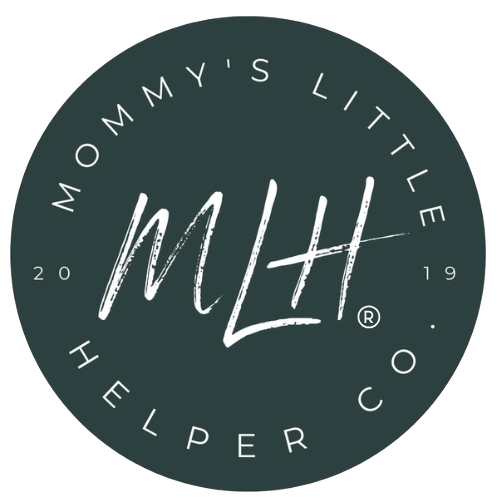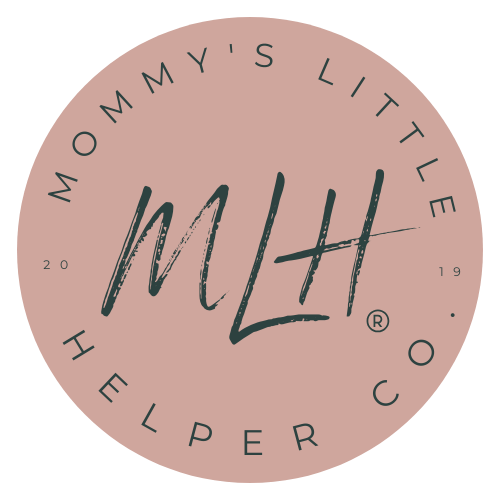
How to Transition from Toddler Play to Preschool Learning
As parents, we blink and suddenly our babies who were wobbling their first steps are now confidently climbing, talking, and curious about the world. If you’re like me, you’ve probably noticed that the “play” that once kept your toddler entertained, like stacking blocks, banging spoons, or exploring textures, is starting to look a little different. Instead of simple cause-and-effect, they want to “help” in the kitchen, “read” alongside their siblings, or pretend to be the teacher during playtime.
This shift is exciting, but it can also be overwhelming. Many parents wonder: How do we guide our children from open-ended toddler play into more structured preschool learning without stifling their natural curiosity?
The truth is, you don’t need a fancy classroom or expensive curriculum to nurture this stage. What you do need is a little awareness of your child’s developmental needs and the right environment at home to support them.
Understanding the Transition
Toddlers (ages 1–3) learn primarily through play that is sensory and exploratory. They thrive on touching, tasting, climbing, and moving. Preschoolers (ages 3–5), however, are beginning to develop the skills they’ll use in school: focus, patience, early literacy, and social awareness.
This doesn’t mean that play disappears. Instead, play evolves into a powerful vehicle for preschool learning. You’ll start to see them:
-
Pretending to cook meals, not just bang pots.
-
Building towers with a “goal” in mind, not just stacking randomly.
-
Practicing early problem-solving, like puzzles or matching games.
-
Wanting to help with “real” tasks like folding laundry, mixing pancake batter, or wiping the table.
As a mom, I want to reassure you, this shift doesn’t mean you need to suddenly sit your child down at a desk and drill letters. Instead, it’s about slowly adjusting their environment so that curiosity naturally flows into skill-building.
Pain Points Parents Face During This Stage
-
Short Attention Spans
Parents often get frustrated that their preschool-aged child can’t sit through a workbook. But developmentally, short bursts of focused activity are normal at this age. -
Wanting Independence But Still Needing Supervision
Our kids want to pour the juice, stir the soup, or cut the fruit, but they still need us to keep them safe. This tug-of-war can be exhausting. -
Balancing Screen Time
Screens can be educational, but many parents worry about over-reliance. Finding engaging, hands-on alternatives is key. -
The Mess Factor
Montessori-style learning often means real tools and real messes. It’s natural to feel overwhelmed by the clean-up.
How To Transition from Play to Learning
The best way to transition from toddler play to preschool learning is to let play grow with your child. Keep activities hands-on, add a little structure, and introduce Montessori-style tools and furniture that support independence.
Practical Ways to Support the Transition

1. Create Opportunities for Real-Life Learning
Children thrive when they’re invited into the real rhythm of family life. Let them help you:
-
Wash veggies in the sink
-
Measure flour and sugar for baking
-
Match socks from the laundry pile
-
Set the table before meals
One of the most helpful tools during this stage is a learning tower. A learning tower is a safe, sturdy piece of Montessori furniture that allows your child to stand at counter height without the risk of falling. Suddenly, your preschooler can participate in meaningful tasks without you worrying they’ll slip off a stool.
Recommended Read: Learning Towers vs. Step Stools: Which Is Better for Kids?
2. Shift Toys Toward Montessori-Style Learning
Swap out battery-operated toys for simple, open-ended ones that encourage problem-solving. Montessori furniture, like balance beams, climbing gyms, and swings, are fantastic because they continue to support gross motor development while also building focus, coordination, and confidence.
For example:
-
A play gym can become an “obstacle course” where your child follows directions (a precursor to classroom listening).
-
A balance beam sharpens coordination and concentration. Both are critical for sitting still during circle time later on.
-
Wooden blocks or puzzles nurture logic, patience, and persistence.
3. Introduce Gentle Structure
Preschool learning doesn’t mean rigid schedules. It means adding a little rhythm:
-
Morning activity (play or chores with you)
-
Quiet reading time
-
Outdoor exploration
-
Art or music activity
By balancing free play with short structured activities, you give your child the best of both worlds.
4. Foster Independence (Without Losing Your Sanity)
One of the principles I lean on from Montessori-style learning is:
“Never help a child with a task at which he feels he can succeed.”
That doesn’t mean you let them loose with a sharp knife but it does mean you can introduce toddler-friendly tools. For example:
-
Wooden knives for spreading butter or cutting bananas.
-
Small brooms so they can sweep their own crumbs.
-
Step stools and hooks placed at their level so they can hang jackets or wash their hands.
It’s these small moments of independence that boost their self-esteem and prepare them for preschool.
A Less Stressful Transition for Parents
As parents, it’s easy to feel like we need to “do more” to prepare our kids. The truth is, your presence and your willingness to include them in daily life are the foundation of preschool readiness.
-
If you’re cooking and your child wants to help, let them.
-
If they want to climb and test their balance, offer safe furniture designed for them.
-
If they show interest in letters and numbers, sprinkle them into play without pressure.
When we step back and see learning as an extension of play, the transition becomes joyful instead of stressful.
Final Thoughts
The toddler-to-preschool transition doesn’t require expensive tutors or hours of worksheets. What it requires is patience, presence, and the right environment at home. With Montessori furniture, you can give your child safe, engaging opportunities to explore independence while developing the skills they’ll carry into school and beyond.
At Mommy’s Little Helper Co., we design furniture with this exact season of parenting in mind because we’re parents too. Our collection blends safety, quality, and child-led learning to support families through every milestone. Browse our full collection and discover how small changes in your home can create big wins for your little learner. Shop now.




